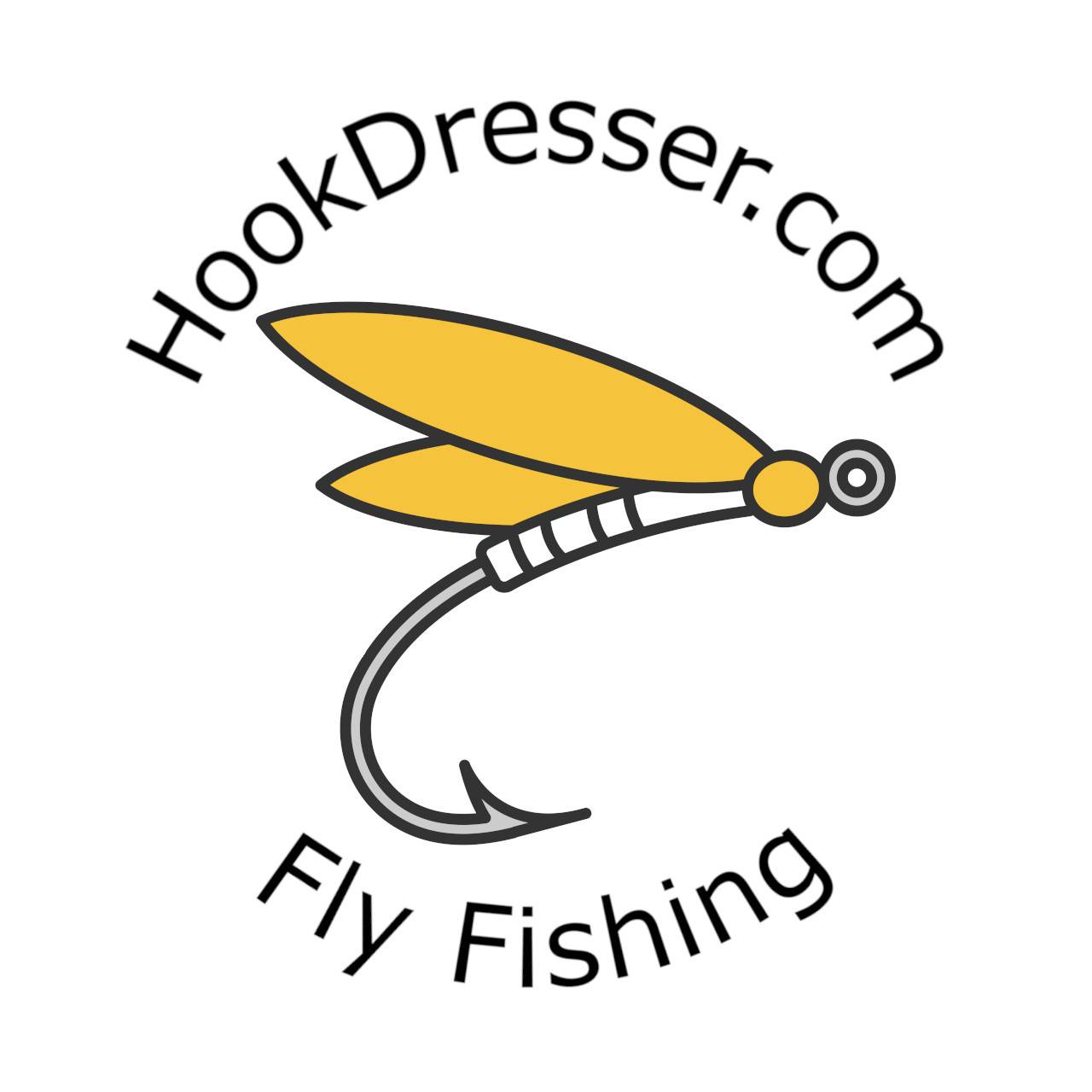What are Buzzers?
Buzzers are flies fly fishermen use to imitate the pupa of aquatic midge.
Aquatic midges can be found on most still waters where they form a staple food for trout. Midges are crucial for trout as they are one of the only insects that trout feed on at all stages of their life cycle. Trout will feed on the larvae, pupae, and adult stages of the midge.
Buzzer flies should be fished during the spring and summer months when they are abundant in large numbers and heavily predated on by the trout.
The number of midges are greatest in the summer making buzzers one of the best flies for catching summer trout. If you are fishing during the spring and summer months your fly box should always have several buzzer patterns in it.
On calmer and warmer days of winter, you may see buzzers hatching. This can often result in brief surface activity from the trout as they rise to the surface to feed on the emerging insects.
What do Buzzers Imitate?
Buzzers imitate the emerging form of midge flies. They commonly imitate the emerging pupa stage of the midge. This is often depicted by white fibres or a bulky head to show the thorax of the fly.
Bloodworms turn in midge flies. While a bloodworm is at the bottom of a lake, as the name suggests, it is blood red in color, as it begins to make its way through the water column, it begins to change color. It can often be found in olive, brown or black colors.
Are Buzzers Wet or Dry Flies?
Buzzers are wet flies designed to imitate emerging aquatic insects. During the emerging stage aquatic insects sit high in the water column near the surface of the water. Buzzers are wet flies and should be fished near the surface.
Some buzzers, such as suspender buzzers, are made with materials that allow them to float, sit higher in the water or to even be suspended from the surface of the water.
What Color of Trout Buzzer?
There are many different color and size of buzzer. The best color of buzzer is one that accurately depicts the color of the buzzers hatching. You should fish a buzzer fly that is an accurate portrayal in both color and size.
You will come across large black midges and small green midges but also orange, small brown, and large red midges.
Each midge has a different hatch. I recommend trying to match your buzzer fly pattern with the color of the midge hatching off the still water. I like to start off with a black buzzer but, testing the various colors of midge will allow you to determine which work best.
What Size of Trout Buzzer?
Small buzzers work well for catching brown and rainbow trout. Smaller sized buzzers will closely imitate the small size of a buzzer, approximately the same size as a size 14 hook down to a size 22.
To avoid fishing a fly that is too small or too big, start off with a size 16 buzzer and change sizes if you do not catch anything.
You will also catch trout of larger size buzzer such as size 12 or even as big as a size 10. Experiment and see which sizes work for you.
Can You Fish Buzzers all Year?
Yes, buzzers can be fished all your round. Buzzers are aquatic insects that can be found in the water bodies at all times of the year. Even on cold winter days you may see hatches.
Therefore, you can fish buzzers all year, including winter, to catch trout. Learning to fish buzzers is an important fly fishing skill to learn to catch trout in winter.
